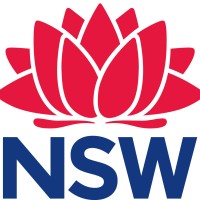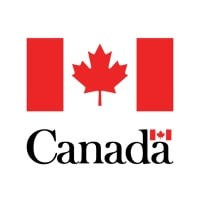
I work for NSW
The NSW public sector includes ten departments and many agencies and organisations working together to develop policy and deliver important services such as health, education, housing, transport and infrastructure across NSW. We are over 300,000 dedicated people who share the same values - making a difference, giving back and responding to the future. Read our community guidelines: bit.ly/PD-community-guidelines






